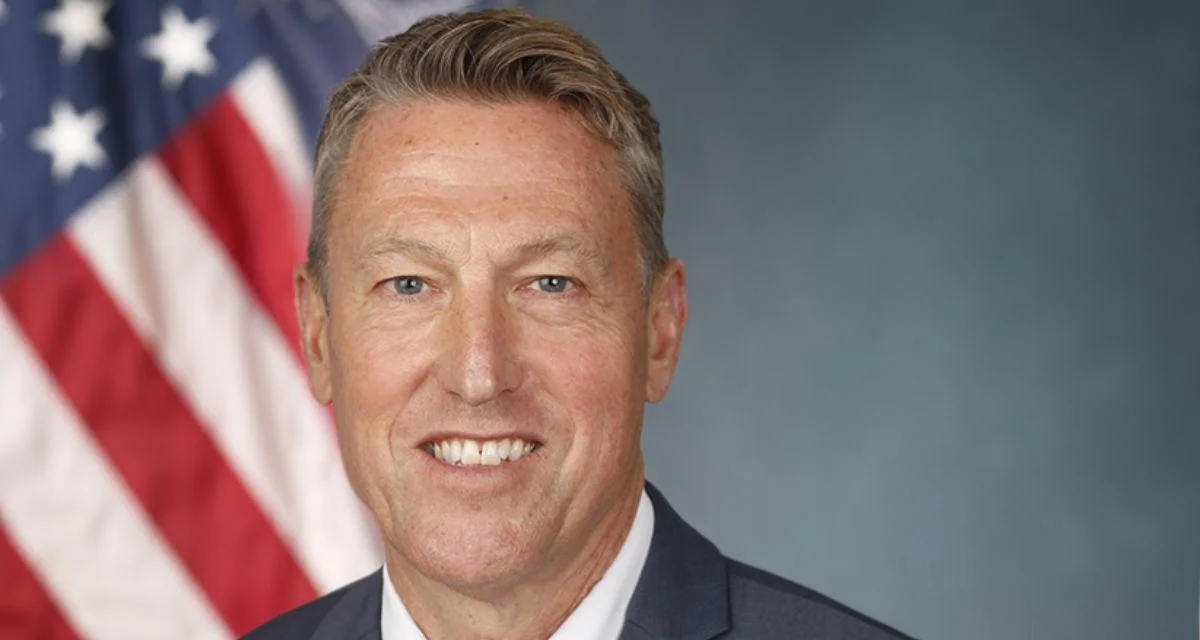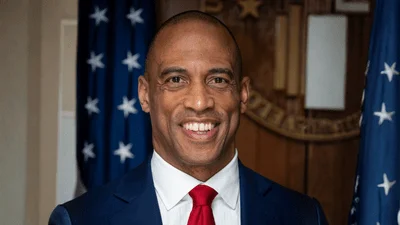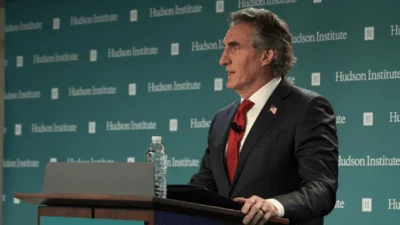U.S. Customs and Border Protection (CBP) has announced the full deployment of Enhanced Passenger Processing (EPP) technology at Los Angeles International Airport’s (LAX) Tom Bradley International Terminal and Terminal 7. The implementation, completed in June through a partnership with Los Angeles World Airports (LAWA), aims to improve efficiency for U.S. citizens returning from international travel.
The EPP system uses biometric facial comparison technology to streamline the arrivals process. Upon arrival, CBP officers use auto-capture cameras to take a photo of each traveler, which is then matched against existing records in CBP’s database. This process verifies identity and citizenship status, conducts law enforcement vetting, and creates a crossing record within seconds.
Andrew H. Douglas, CBP Acting Director of the Los Angeles Field Office, said: “EPP is just a part of CBP’s Airport Modernization efforts at utilizing a next-gen solution which creates efficiencies in processing, allowing the CBP officer to focus on traveler interaction. The goal of Airport Modernization is to enhance national security and enforcement capabilities through an efficient and lawful travel experience, reducing the administrative burden on CBP officers.”
John Ackerman, Chief Executive Officer of Los Angeles World Airports, added: "This technology represents our shared commitment to enhancing both security and the passenger experience. As we prepare for world class events, innovations like EPP are critical to our readiness and demonstrate our commitment to 21st-century solutions for modern travelers."
CBP reports that since EPP was launched nationally, wait times for U.S. citizens have decreased by 25%. LAX’s Tom Bradley Terminal processed nearly 10.4 million arrivals in 2024, making it the busiest single terminal in the country for foreign traveler processing.
Oscar Acuña, CBP Acting LAX Port Director, noted: “While the process is efficient and touchless, CBP officers are still on hand to instruct passengers on the process and assist them at any given point during screening, as well as take customs declarations and ask questions. Any passenger wishing to not participate in the EPP process will need to notify an officer and they will then go through the standard entry process.”
The deployment at LAX was supported by LAWA funding tablets and dedicated Wi-Fi connectivity for federal inspection areas while CBP provided technical expertise and oversight.
EPP forms part of LAWA’s broader modernization strategy aimed at improving terminals and transportation infrastructure while maintaining service standards as passenger volumes increase.
Future plans include expanding EPP technology into Terminal 2’s Federal Inspection Service area.
CBP remains America’s largest law enforcement organization with over 65,000 employees focused on securing borders across land, air, and sea while facilitating legal travel and trade.





